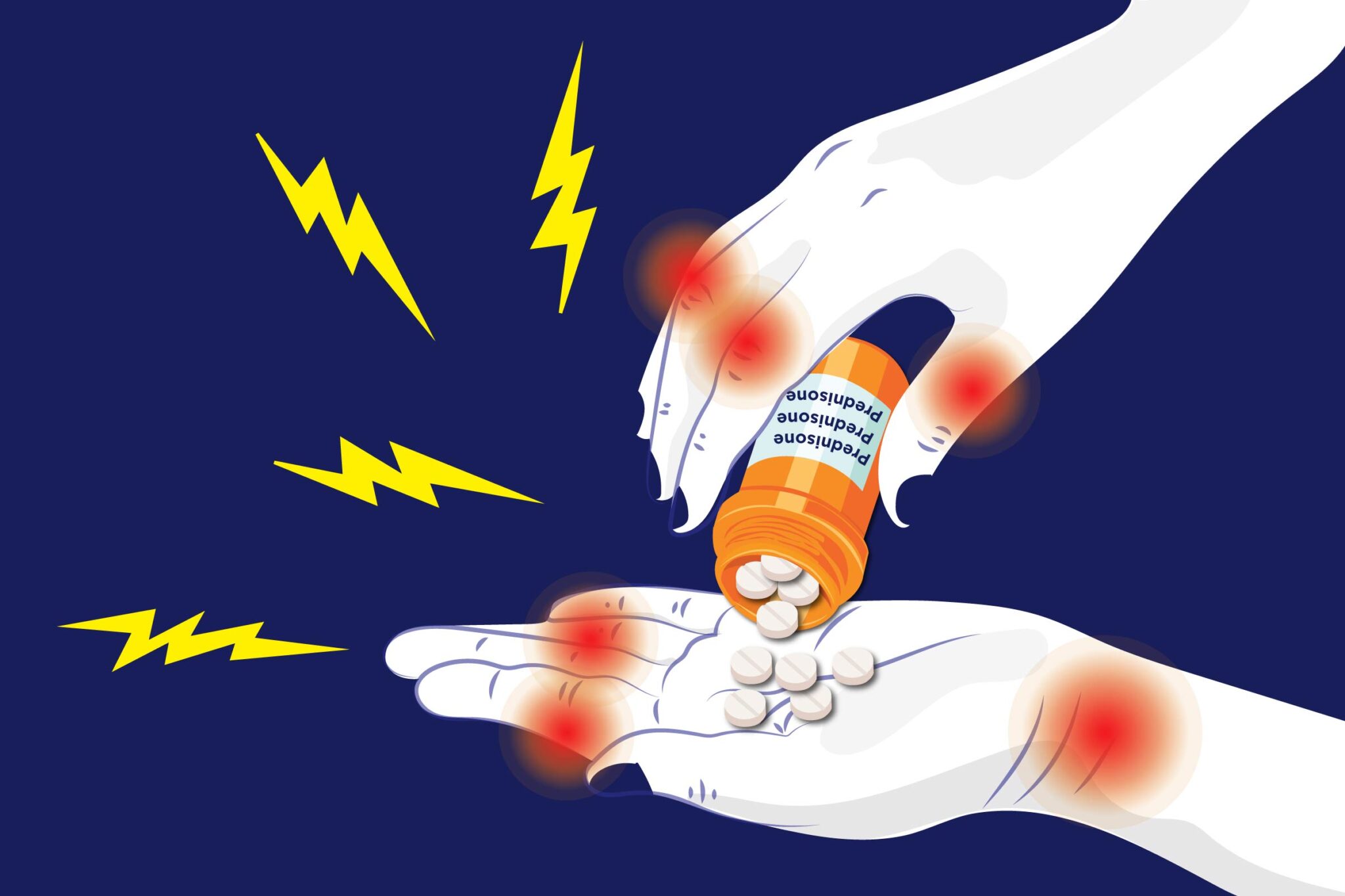

Prednisone is a popular corticosteroid drug that is recommended for a number of illnesses, including inflammatory and autoimmune diseases. Prednisone is useful in treating certain illnesses, but it’s important to be aware of any possible adverse effects and know how to deal with them. This article will look at five fascinating facts about using prednisone, including how it works, typical adverse effects, how to go off the medication, interactions with other medications, and pregnancy-related issues.
Prednisone is a member of the corticosteroid drug class, which consists of artificially manufactured hormones derived from the adrenal glands. These hormones—glucocorticoids in particular—are essential for controlling the body’s immune system, metabolism, and inflammatory response. Prednisone is useful in treating a variety of illnesses, such as autoimmune disorders, allergic responses, and inflammatory diseases. It does this by inhibiting the immune system and lowering inflammation. Because of its adaptability and efficiency, it is a mainstay in the treatment of many different illnesses. Prednisone is frequently given in a variety of forms, such as pills, liquid, and injectable, based on the patient’s needs and the particular illness being treated.
Prednisone can have a variety of short- and long-term adverse effects despite its great efficacy in treating a wide range of illnesses. Prednisone frequently causes weight gain, with conditions like prednisone moon face, retention of fluids, increased hunger, mood swings, sleeplessness, and gastrointestinal problems such as stomach ulcers or indigestion. More severe adverse effects, including decreased bone density (osteoporosis), an elevated risk of diseases, and adrenal suppression, can result from long-term prednisone usage. Before beginning prednisone therapy, it’s critical to talk about possible adverse reactions with your doctor and to keep an eye out for any negative responses while taking the drug.
Prednisone withdrawal symptoms and perhaps a flare-up of the treated illness might result from quitting medication abruptly. As a result, it’s crucial to go off prednisone gradually while working with a medical practitioner. Lowering the dosage lowers the chance of symptoms of withdrawal, such as weakness, exhaustion, nausea, and joint pain, by allowing the adrenal glands to return to normal cortisol production progressively. The length, dose, and medical history of the patient will all affect the tapering timeline for prednisone medication. Your physician will design a customized tapering schedule based on your unique requirements and regularly evaluate your success all along the way.
Other drugs and prednisone may interact, reducing the efficacy of the former or raising the risk of adverse effects. Before beginning prednisone therapy, you must disclose to your healthcare practitioner all of the medications you use, including over-the-counter, prescription, and vitamin supplements. Prednisone interactions can necessitate dosage modifications or extra monitoring for a number of medicines, including blood thinners, nonsteroidal anti-inflammatory drugs (NSAIDs), and diabetic treatments. Your doctor will decide on the most secure and most efficient course of therapy for you after reviewing your medical history and drug list.
Prednisone should be used cautiously because of the possible hazards to the fetus, even if it can be used to treat several medical issues during pregnancy. Prednisone can impact fetal development and can cross the placenta, especially when administered at large dosages or for a long time. Pregnant patients using prednisone should carefully monitor for any negative effects on both them and the unborn child, as well as discuss the potential hazards and advantages with their healthcare professionals. To reduce possible dangers during pregnancy, other therapies or lower dosages of prednisone may be advised in some circumstances. Together, you and your doctor will assess the advantages and disadvantages of prednisone therapy and create a plan of care that puts your health and the health of your unborn child first.
Although prednisone is a strong drug that is frequently used to treat a wide range of illnesses, it is important to be aware of any possible interactions and adverse effects. People may make well-informed decisions about their treatment and collaborate closely with their healthcare practitioner to appropriately manage any related risks if they are aware of this crucial information regarding prednisone.
Galveston, Texas, is quickly emerging as a premier destination for deep-sea fishing enthusiasts in search…
In the ever-evolving landscape of construction and building maintenance, sustainability has emerged as a crucial…
Minnesota, celebrated for its picturesque rural landscapes and vibrant urban centers such as St. Paul…
In the realm of kitchen renovations, cabinetry plays a pivotal role in shaping both the…
In the field of driving regulations, one of the most critical areas of focus is…
Minnesota's harsh winters and humid summers significantly affect residential roofing durability. Homeowners should regularly inspect…